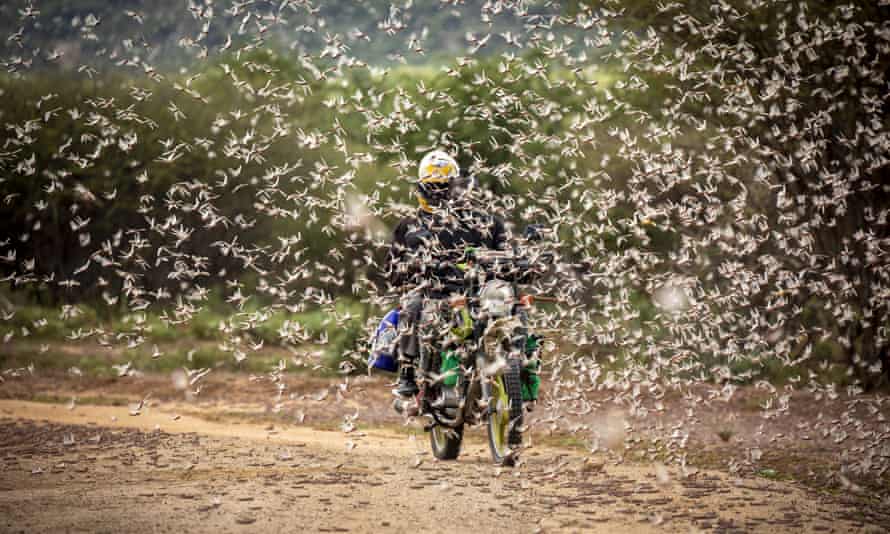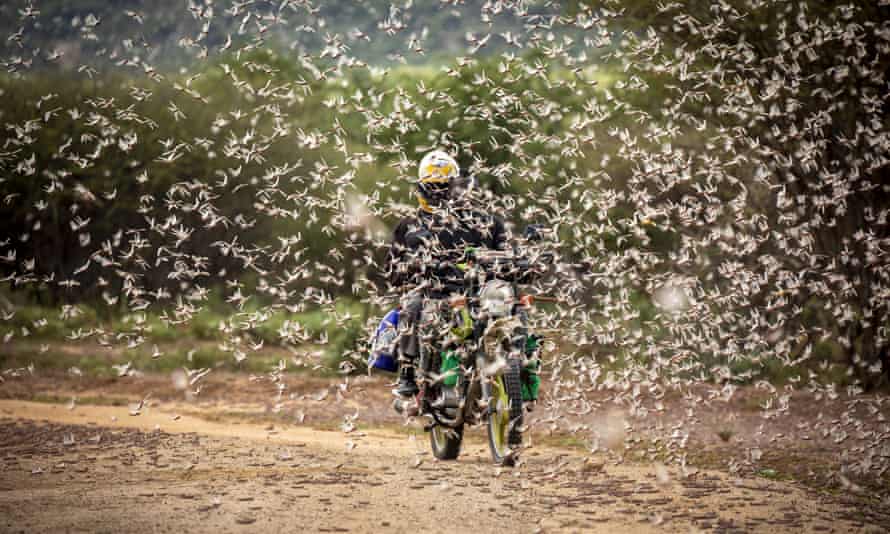
KAMPALA, March 6 (NNN-Xinhua) — Uganda remains on high alert as neighboring Kenya has turned into a breeding ground for the marauding desert locusts, officials said.
Pius Wakabi Kasajja, Ugandan’s permanent secretary at the agriculture ministry, said that desert locusts are still active in some neighboring parts of Kenya, citing a February report by the United Nations Food and Agriculture Organization (FAO).
These regions put Uganda at high risk of a locust invasion. “It should further be noted that some parts in Kenya are breeding areas for desert locusts,” he said while attending a handover ceremony for FAO-sponsored pest control equipment.
Kenya is among the 12 countries worldwide currently battling desert locusts, according to the FAO’s Desert Locust Bulletin published Wednesday.
While the situation in Uganda has remained calm since the last round of attacks on Sept. 12, ongoing breeding in nearby regions poses a threat, according to the FAO.
Uganda last year faced a series of locust attacks from neighboring Kenya that had threatened to destroy thousands of acres of cropland and pasture. The country, with support from its partners, beefed up its fight against the pest outbreak including using the military.
“It is worth noting that Uganda successfully controlled desert locusts and averted a potential loss of over 800 million U.S. dollars arising from protection of food and cash crops in the affected areas and the efforts assured food security,” said Kasajja.
Officials said while the country has so far been successful, there is a need to stay vigilant.
“The FAO considers its fight against the rapid spread of desert locusts in East Africa one of its top priorities,” said Antonio Querido, FAO representative in Uganda, at the handover ceremony.
The equipment included two mobile storage facilities, vehicles, personal protection equipment, mobile phones, camping gear and surveillance kits.
According to the FAO, a very small swarm of locusts eats as much food in one day as about 35,000 people. — NNN-XINHUA






